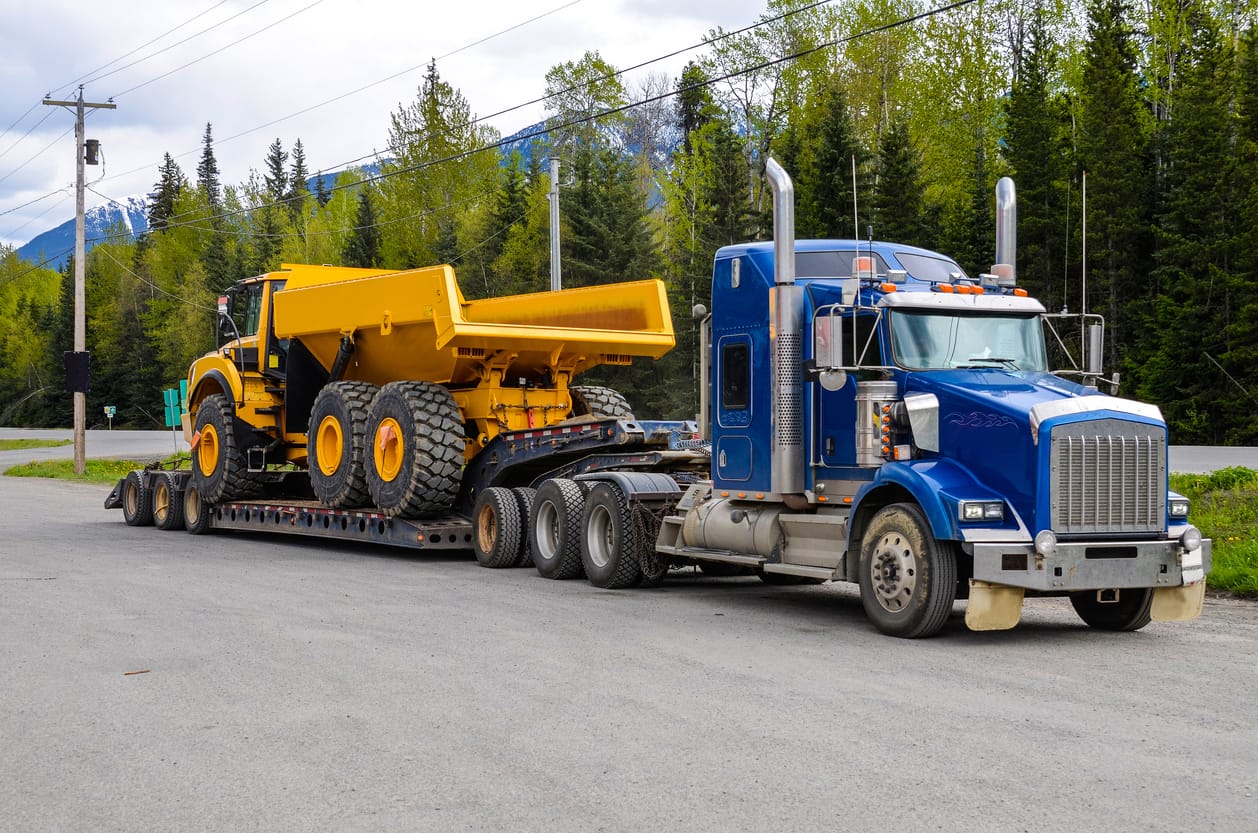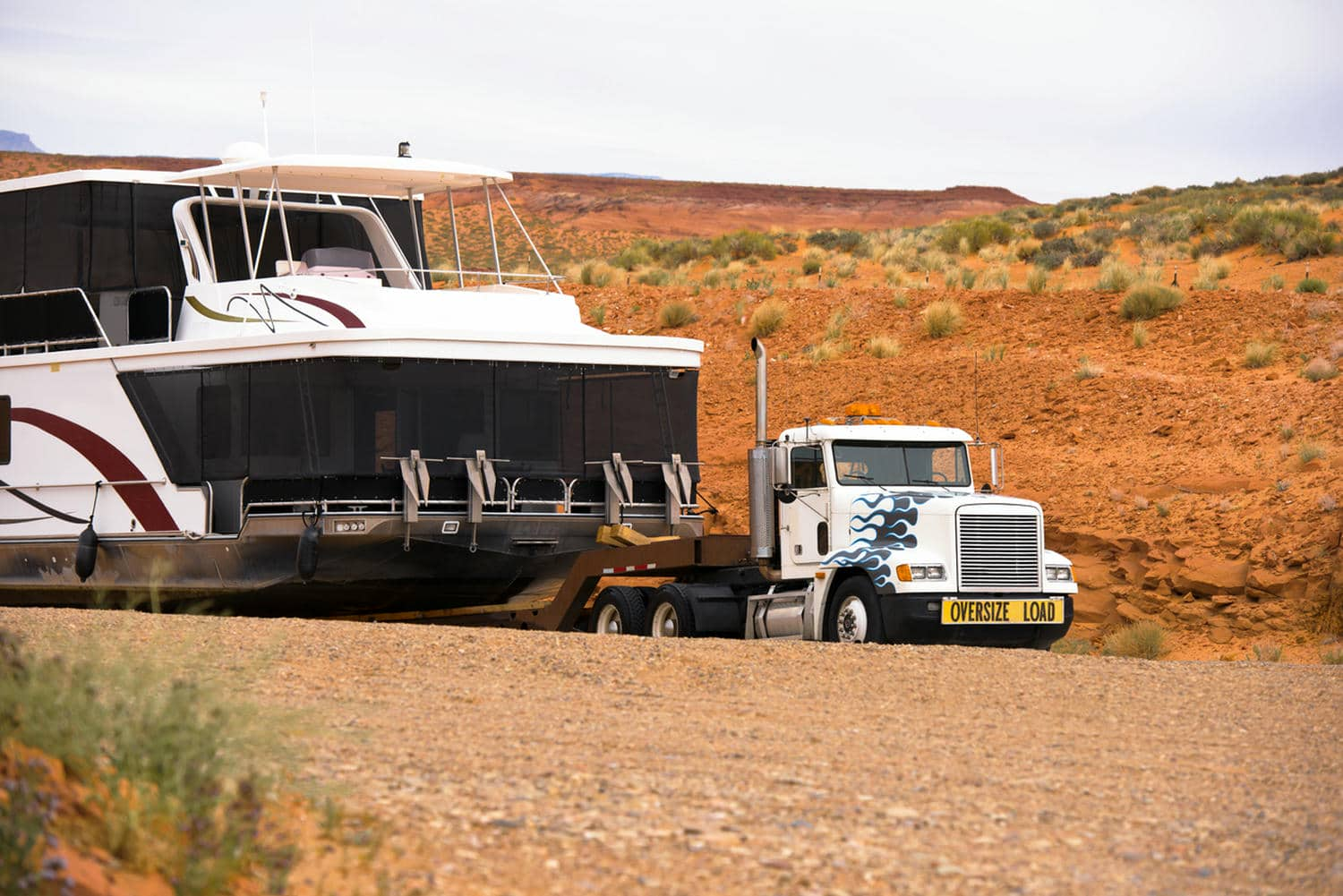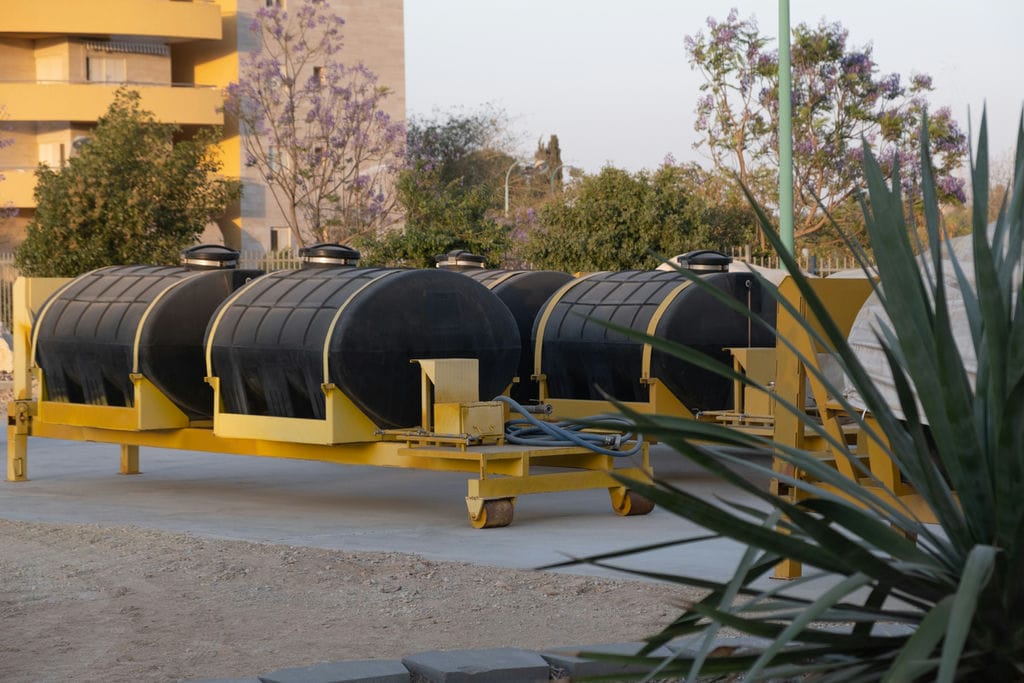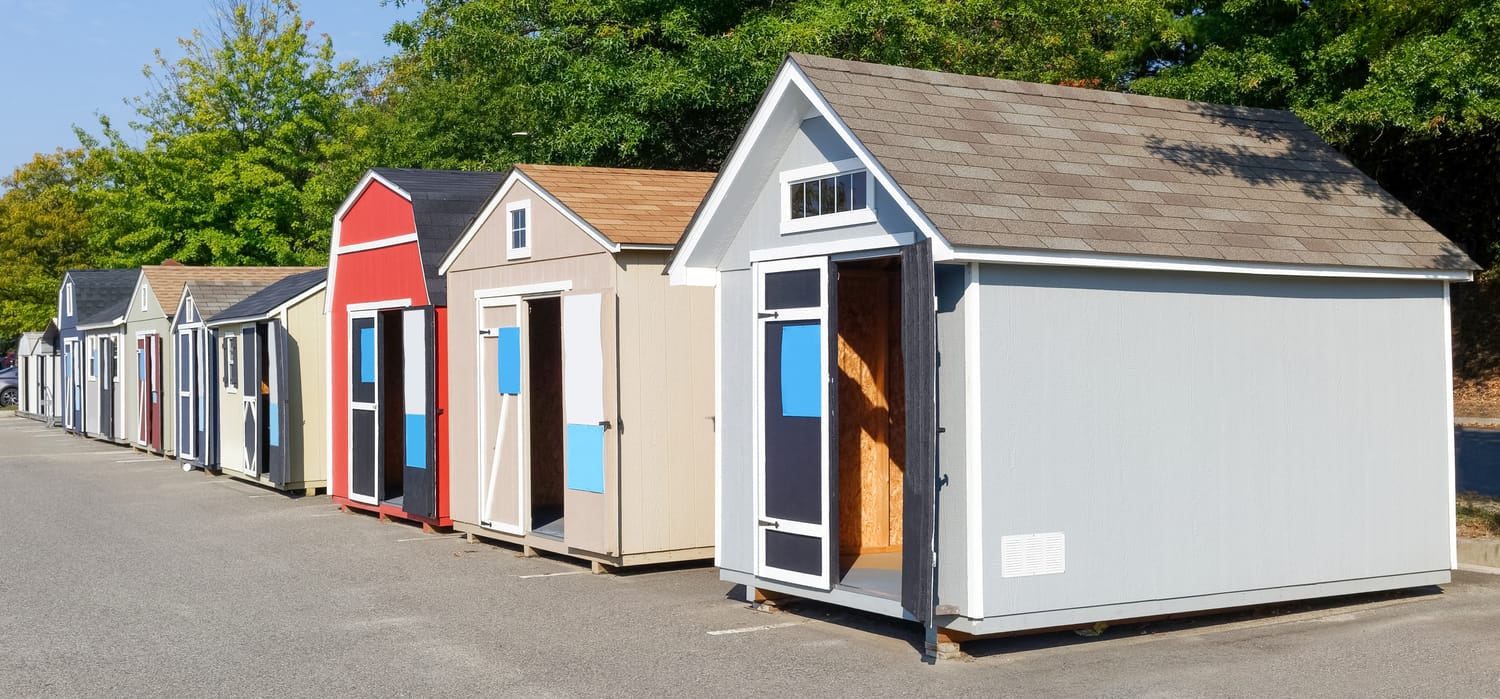Moving construction equipment from one job site to another can be a challenge. Not only are these machines large and bulky, but they’re also fragile and expensive. As such, taking the proper precautions when shipping construction equipment is essential. This blog post will provide tips on safely shipping construction equipment to arrive at its destination in one piece.

Regarding shipping construction equipment, you’ll want to choose a shipping company with experience with this type of cargo. Be sure to ask about their process for loading and unloading heavy machinery and their insurance coverage in case of damage or loss.
We at Ship A Car can help you ship your construction equipment quickly and safely. We have a team of experienced professionals familiar with the ins and outs of shipping heavy machinery. Plus, our carriers are insured against damage and loss, so you can rest assured knowing your equipment is in good hands.
The first step in shipping construction equipment is to get a quote from a heavy haul shipping company. This will give you an idea of how much it will cost to ship your equipment from point A to point B. At SAC, we offer free quotes on all our transport services.
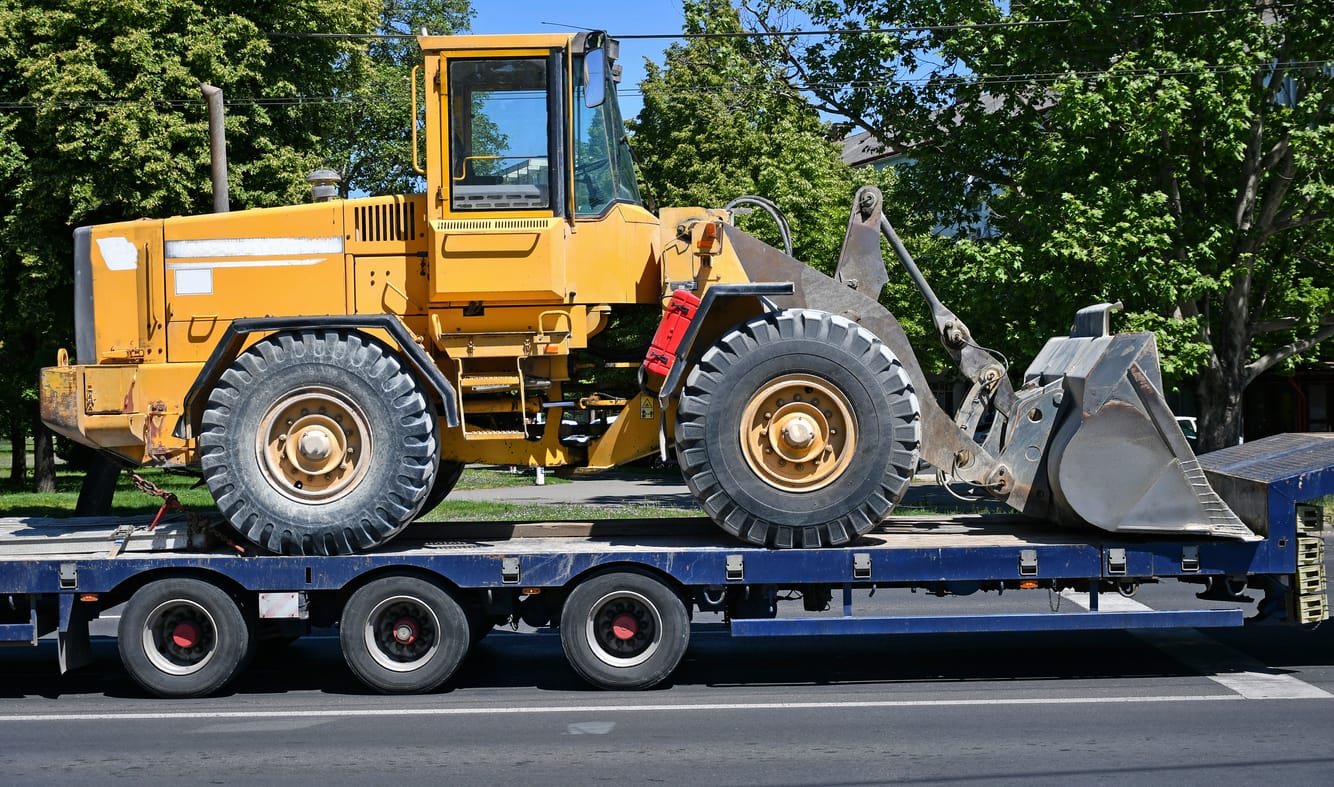
Transportation of heavy equipment, whether you rent machines or buy new ones, is a crucial part of the construction process. You will have your heavy-duty equipment moved swiftly and securely if you follow the proper procedures. Here are some of the methods we can use to help you move your heavy assets:
Flatbeds are often used to transport heavy equipment like construction materials or shelter units. They provide a sturdy and consistent service that can make loading/unloading quicker than if you were using another type of trailer, so they’re great for businesses who need their goods transported quickly!
Towing is an excellent option if you need to move something from shorter distances. Many things need preparation, such as checking your tires and gearbox for safety before getting closer with the tow vehicle in mind – make sure it can safely handle all of these added weights!
Specialized trailers are an excellent way to ensure that you have the right equipment for any job. For example, if your hauling needs call out with oversized or heavy-duty items, then it’s worth looking into specialized doubles drop and step decks which can be customized specifically according to these requirements!
You may have to send your equipment overseas, but there are many ways for you and the shipper/vessel captain to decide how it will be transported. One option is driving onto a vessel; another would involve loading onto flat racks that can easily fit on top of ships or barges.
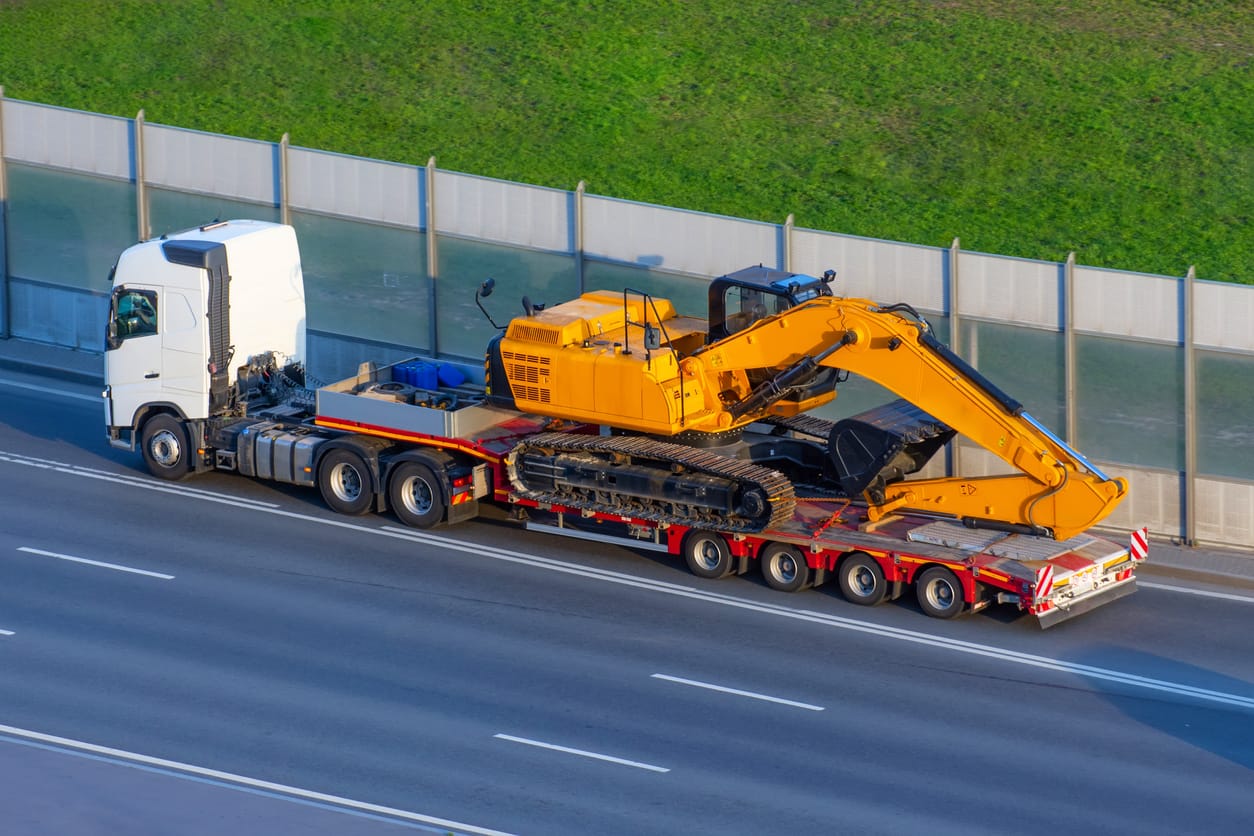
Here are some things to think about while transporting construction equipment.
- Plan Your Route
When driving, planning your route is essential so everything can go smoothly. Keep an eye out for narrow roads and bridges with weight restrictions or overpasses on the way – if possible, pick an easy road without too many twists to avoid accidents!
- Fill Out Permits
If you’re transporting your equipment over state lines, you’ll need to complete the proper paperwork and acquire the necessary permits. This can be tedious, but avoiding getting pulled over and fined is essential.
- Think Safety First
When you’re transporting heavy equipment, safety should always be your top priority. Be sure to follow all the proper procedures for loading and unloading your equipment, and take extra care when driving on the road. Also, ensure your crew has the proper personal protective equipment (PPE) to stay safe while working.
- Checking the Construction Equipment
Before the shipping company arrives, you’ll need to do some preparation work on the construction equipment. This includes draining all fluids (oil, fuel, etc.), disconnecting the batteries, and securing loose parts and pieces. Once these things have been taken care of, you can give the OK for the loading process to begin.
- Measure the Construction Equipment
It’s essential to get accurate measurements of the construction equipment before shipping. This way, you can be sure that it will fit onto the truck or trailer and won’t be damaged during transport.
The most important dimensions are the length, width, and height, but you should also measure the weight and axle load. These measurements will help you determine the type of truck or trailer and the number of axles required.
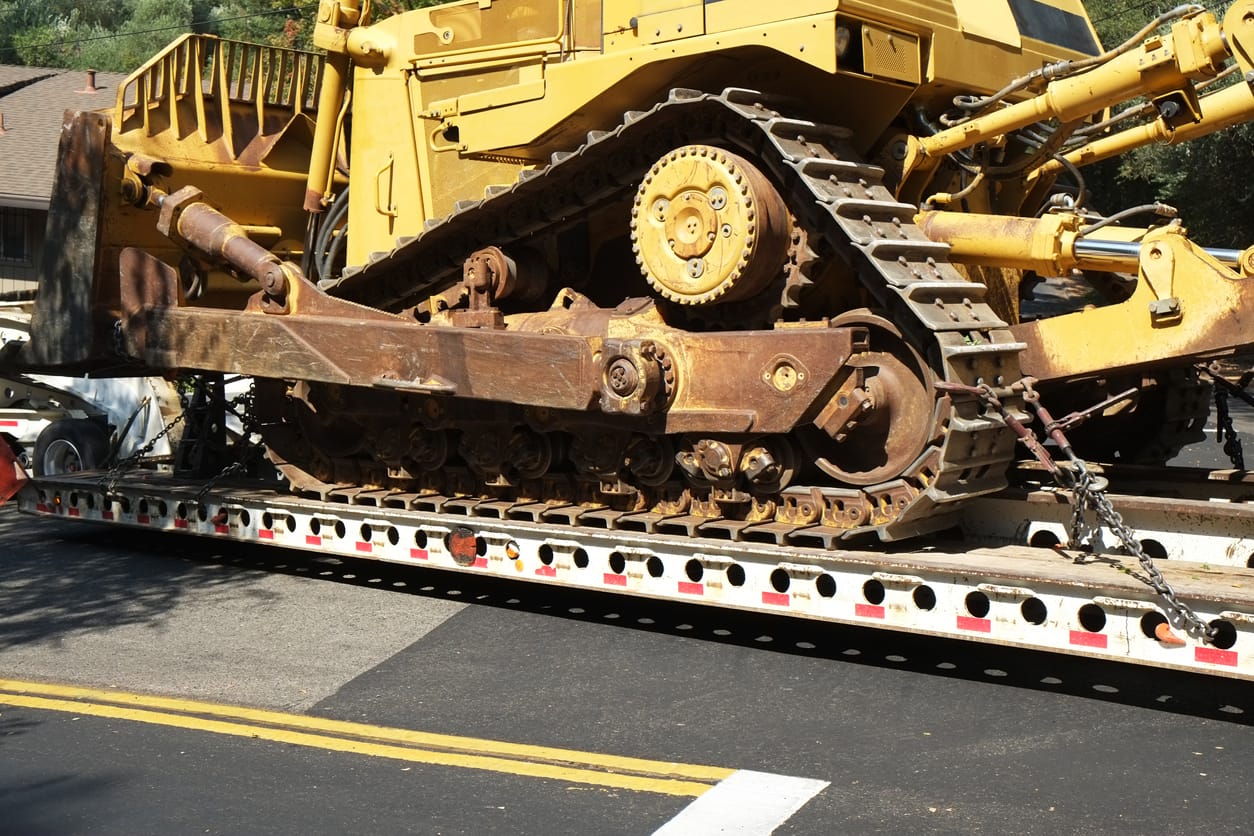
This is where working with an experienced shipping company comes in handy, as they will know how to properly load the construction equipment onto the truck using a crane or other lifting device. However, there are some things you will want to keep in mind when loading construction equipment for transport.
First, you’ll need to prepare your team for the loading process. This includes putting on the proper PPE and ensuring everyone knows their role in the operation. Your team should be trained to use the lifting equipment and secure the construction equipment for transport. Everyone should understand their job and how to keep the equipment safe during transport.
Next, you’ll need to use the crane or other lifting device to load the construction equipment onto the trailer. This is where accurate measurements come in handy, as you’ll need to ensure the equipment fits onto the trailer without being damaged. Once the equipment is on the trailer, you can secure it using straps, chains, or other tie-downs.
Here are some other things to consider when loading and securing the load:
- Watch out for obstacles: Make sure the load is clear of any obstacles that could damage it during transport.
- Keep it balanced: The load should be distributed evenly on the trailer, so it doesn’t tip over while driving.
- Use the right equipment: Make sure the chains or straps are rated for the weight of the load.
- Secure the equipment properly: Attach the chains or straps to solid points on the construction equipment, such as the frame or axle.
- Do not overload the trailer: Check the weight limit before loading the equipment.
- Double-check the trailer deck: Once the equipment is loaded, check the trailer deck to make sure nothing is missed.
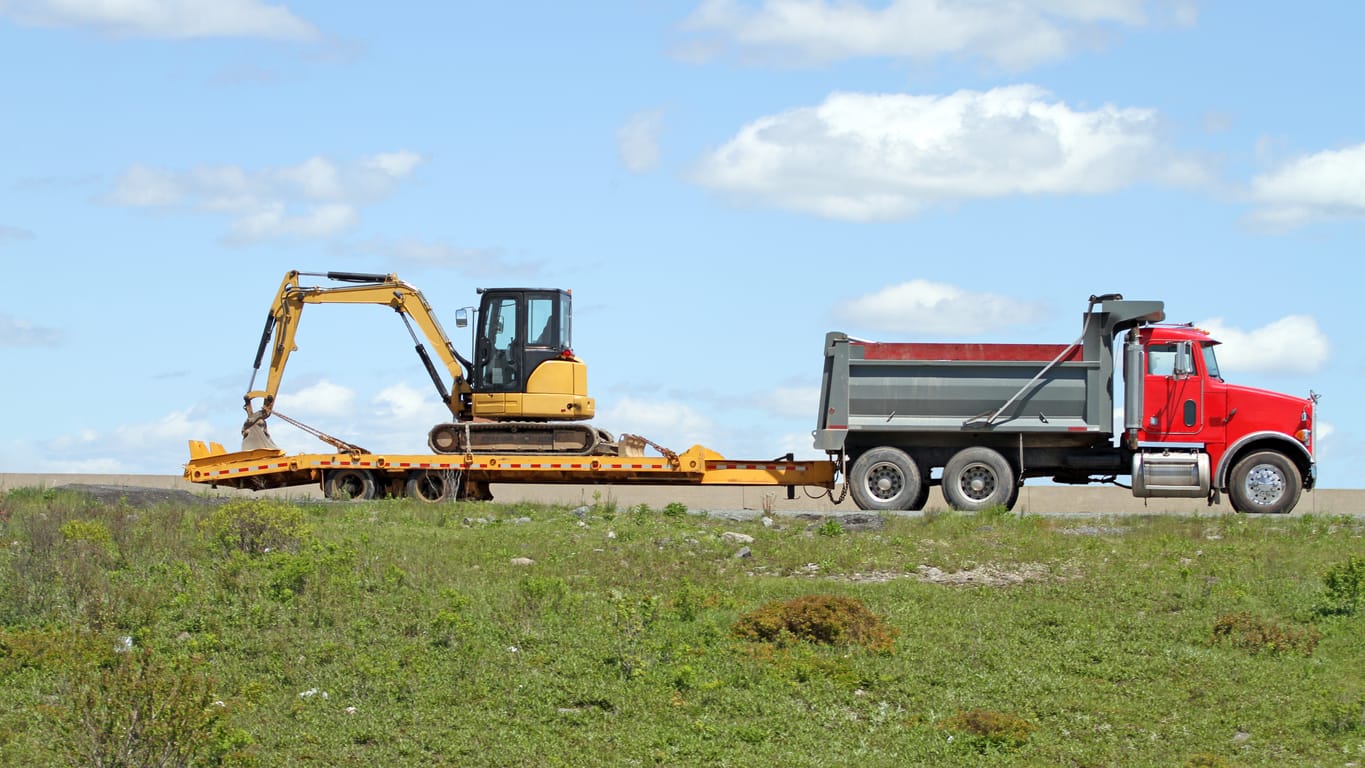
After the construction equipment is loaded and secured, you’ll need to drive it onto the trailer. This is where having a team comes in handy, as someone will need to guide you while driving. Make sure to use a spotter and go slowly so that you don’t damage the equipment or the trailer.
Stop slowly when driving the construction equipment onto the trailer and avoid sudden stops or turns. Once the equipment is on the trailer, set the parking brake and put the transmission in park. Once the equipment is on the trailer, you can secure it using straps, chains, or other tie-downs.
Once the construction equipment has been loaded onto the truck or trailer, it’s time to do a final inspection. Ensure that all the straps and chains are secure and that nothing has shifted during transport. If everything looks good, you’re ready to hit the road!
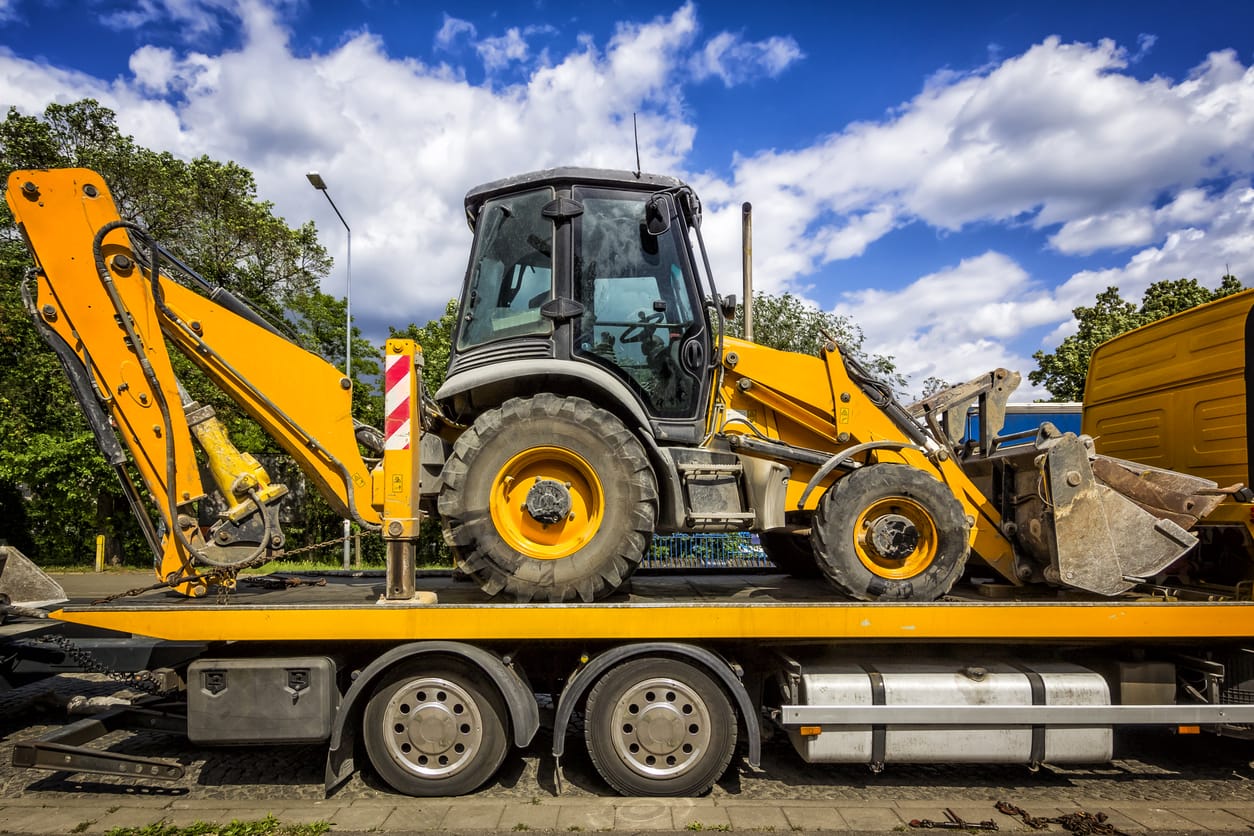
Be sure to allow plenty of time when transporting construction equipment, as there are often delays due to traffic or weather conditions. Ensure the driver is familiar with the route and knows how to get around any obstacles. If possible, avoid rush hour traffic and construction zones.
When transporting construction equipment, it’s essential to follow all the road rules. Be sure to obey the speed limit, use turn signals, and come to a complete stop at stop signs and red lights. You’ll also want to avoid sudden starts or stops, as this can damage the equipment.
When you arrive at the destination, it’s time to unload the construction equipment. You’ll need to use the crane or other lifting device to lower the equipment off the trailer. Once again, having a team to help will make this process go more smoothly.
Once the equipment is off the trailer, you can proceed with the construction project. Ensure to properly inspect the equipment before using it, as it may have been damaged during transport.
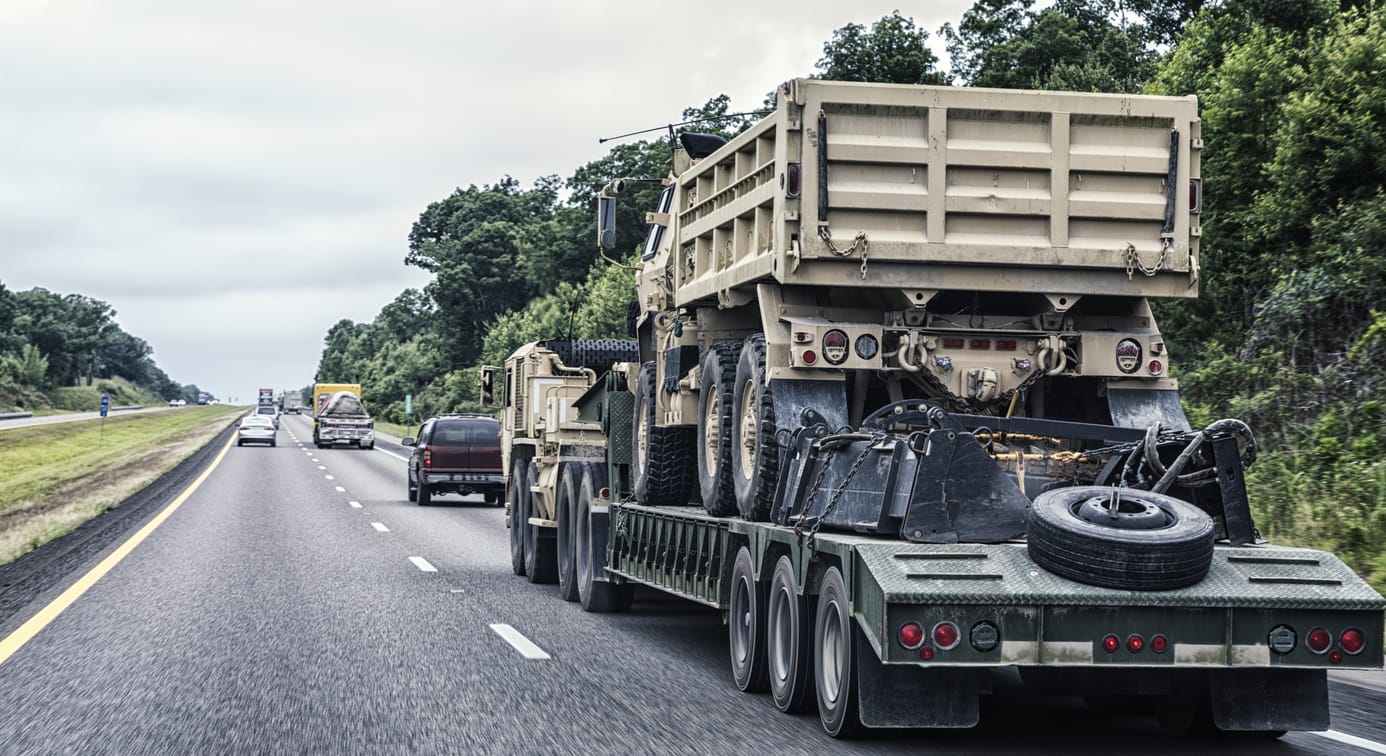
By following these tips, you can rest assured that your construction equipment will arrive safely and soundly at its destination. Shipping construction equipment is no easy task, but taking the proper precautions can be done without incident. Work with an experienced shipping company and adequately prepare the machinery before transport; this will help ensure a smooth and successful move.
If you need a professional shipping company to transport your construction equipment, look no further than us! We have years of experience shipping all types of construction equipment, and we can get the job done quickly and efficiently. Contact Ship A Car at (866) 821-4555 or visit this page for a quote.
